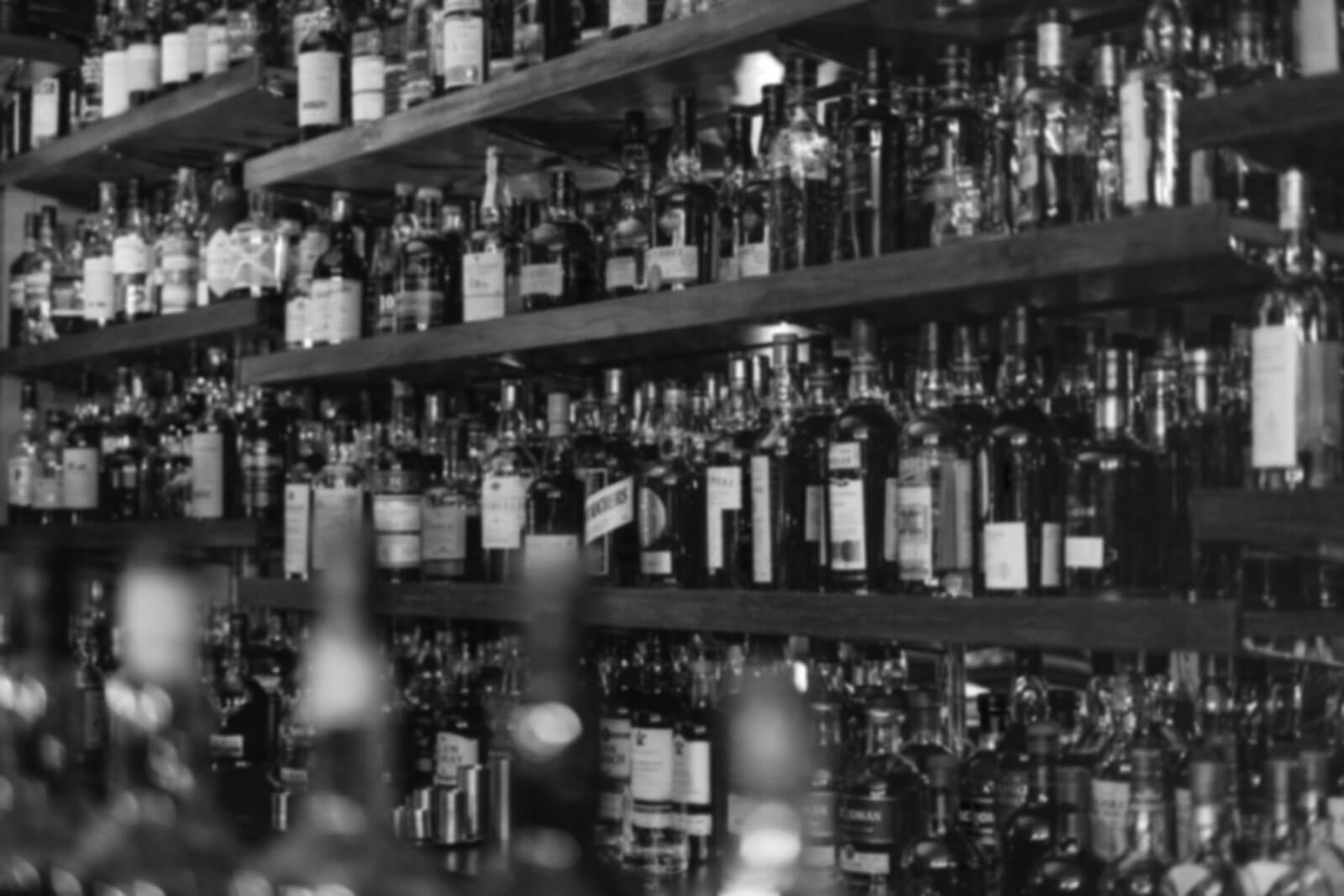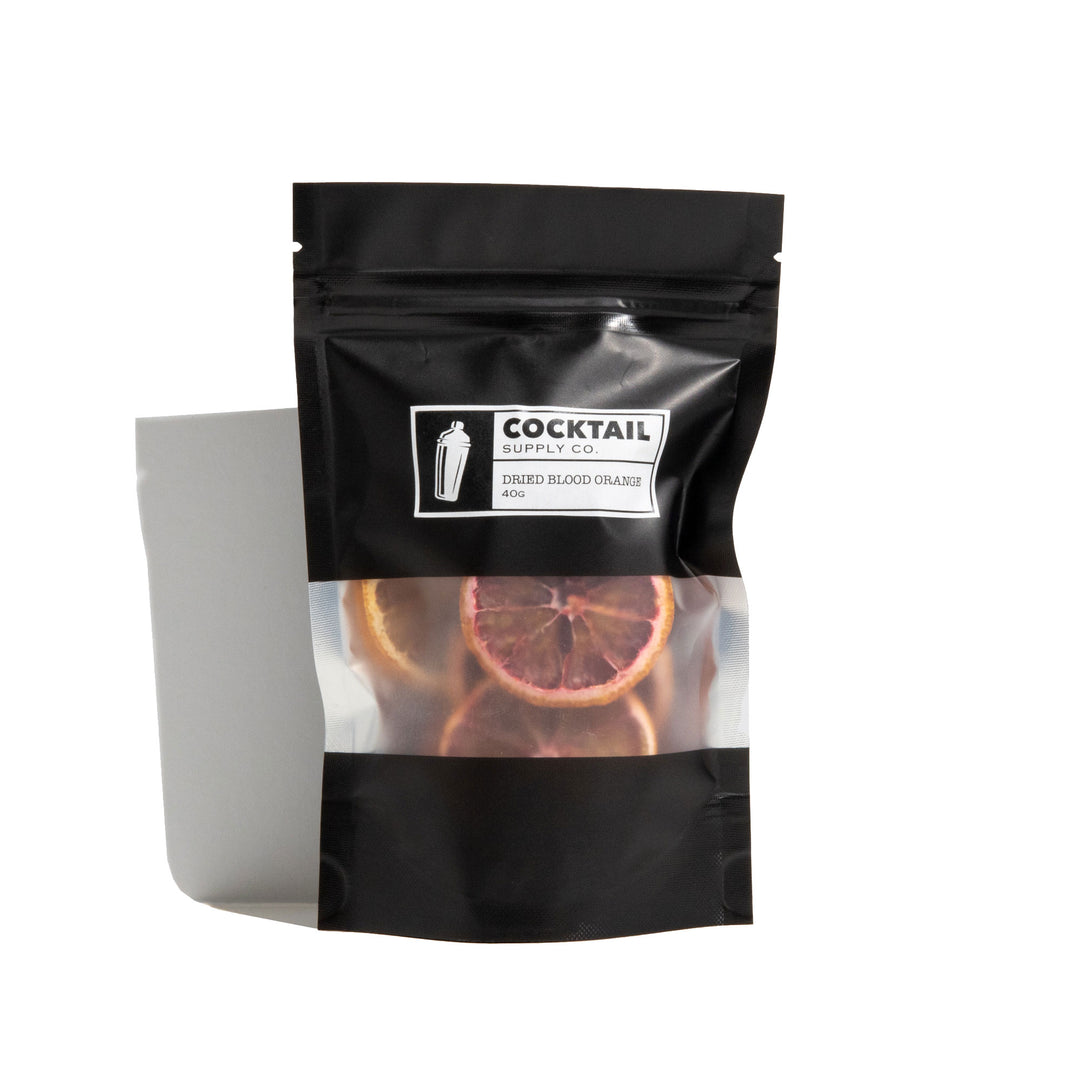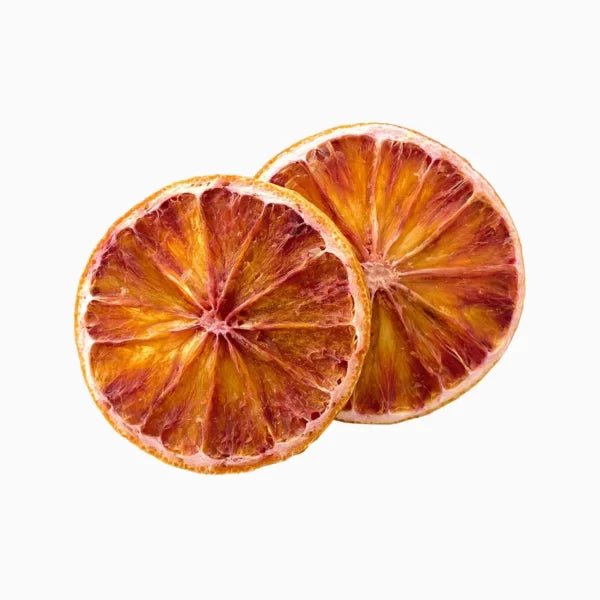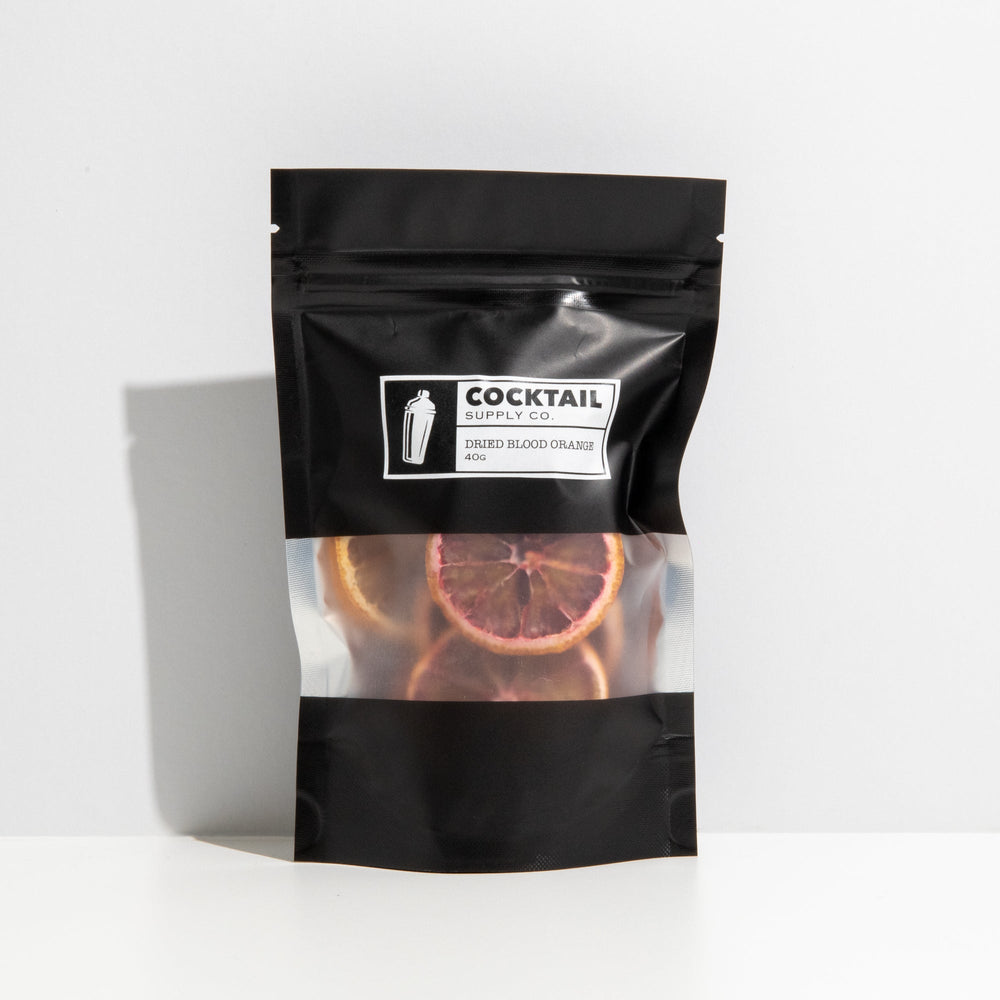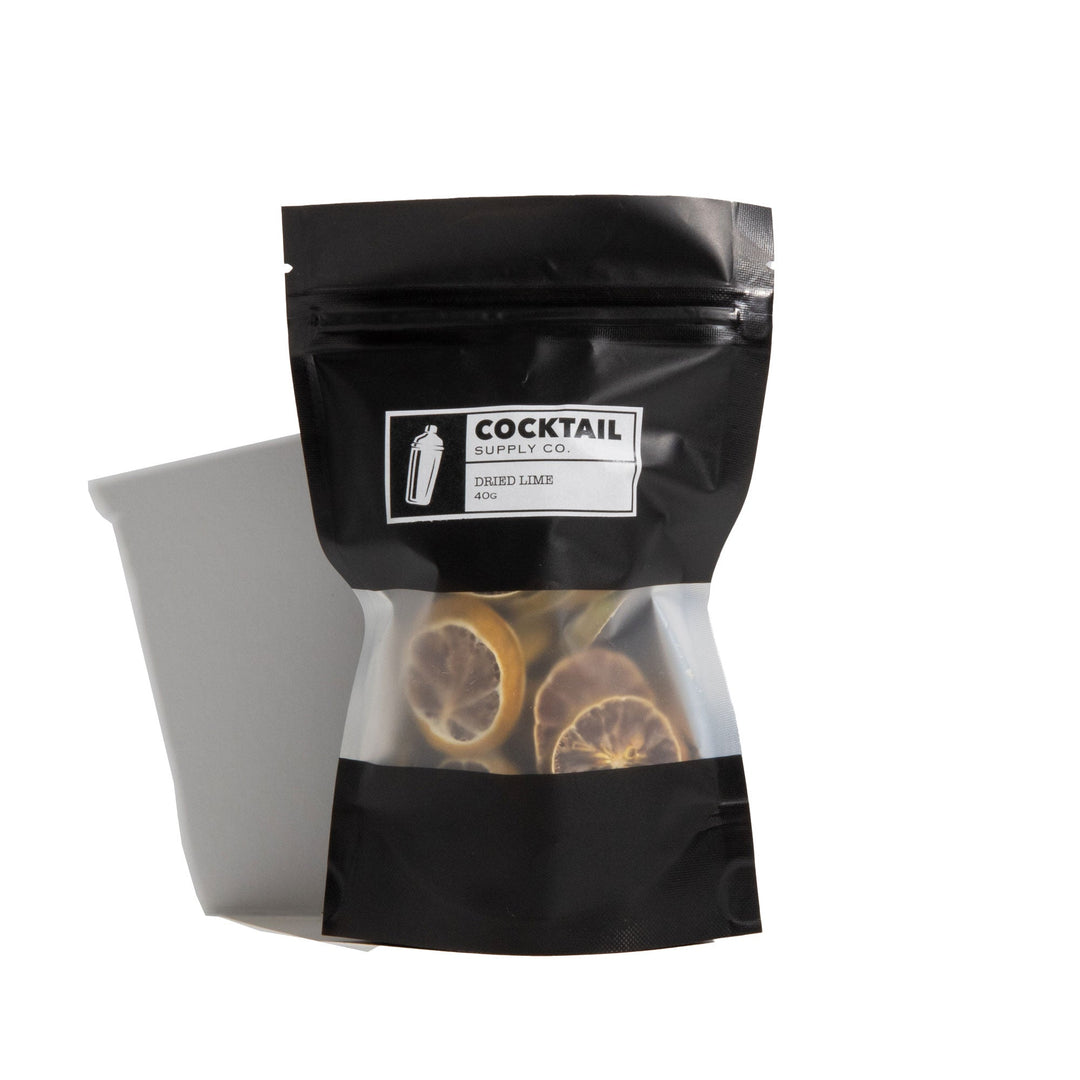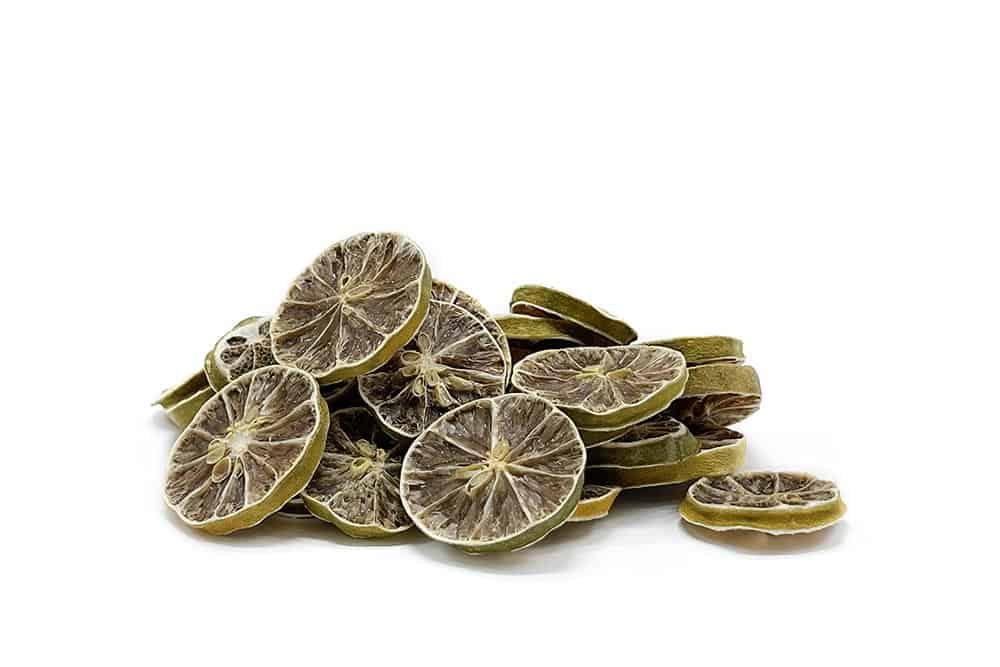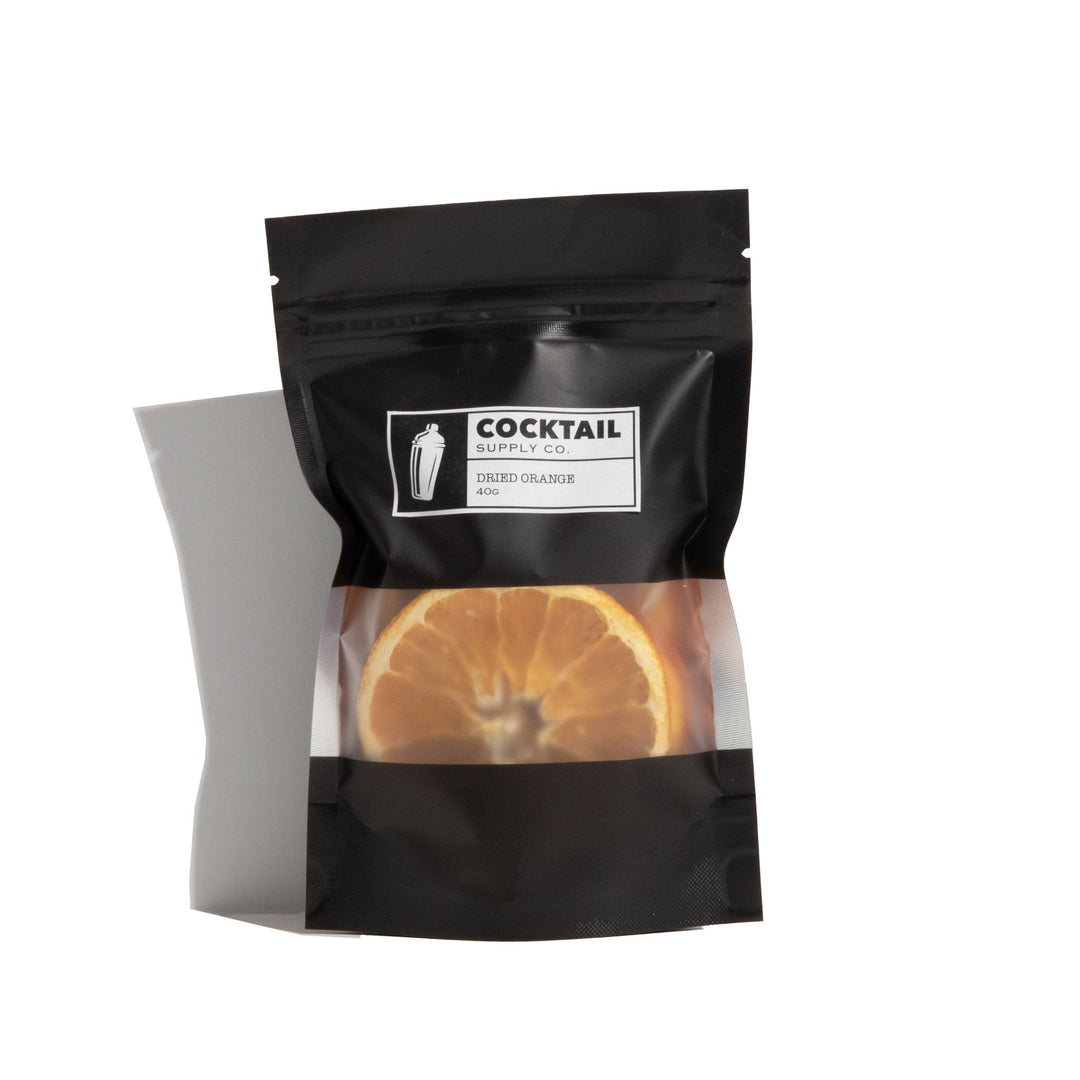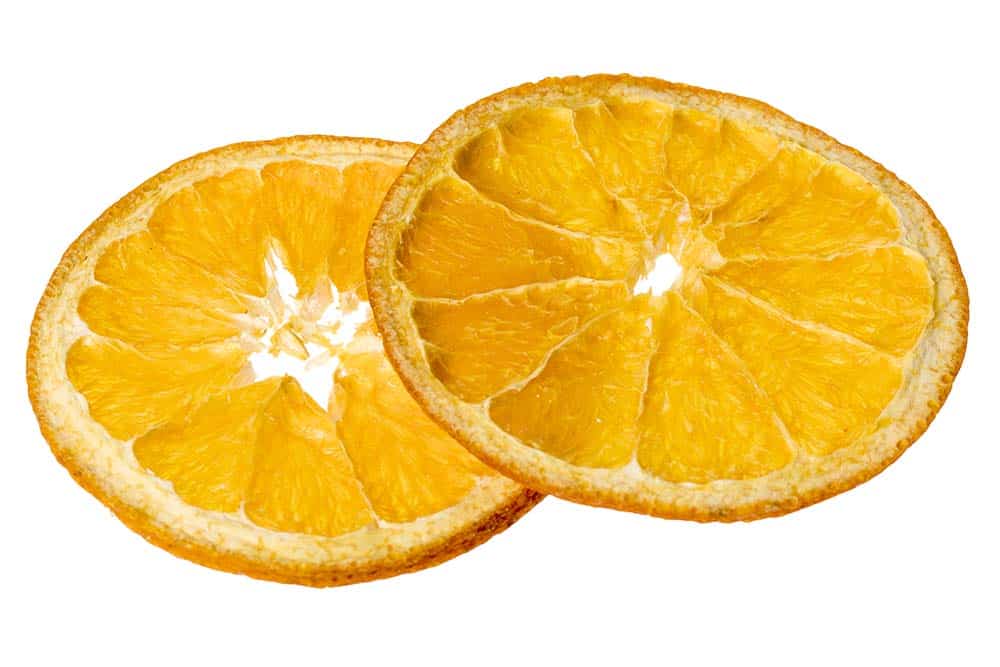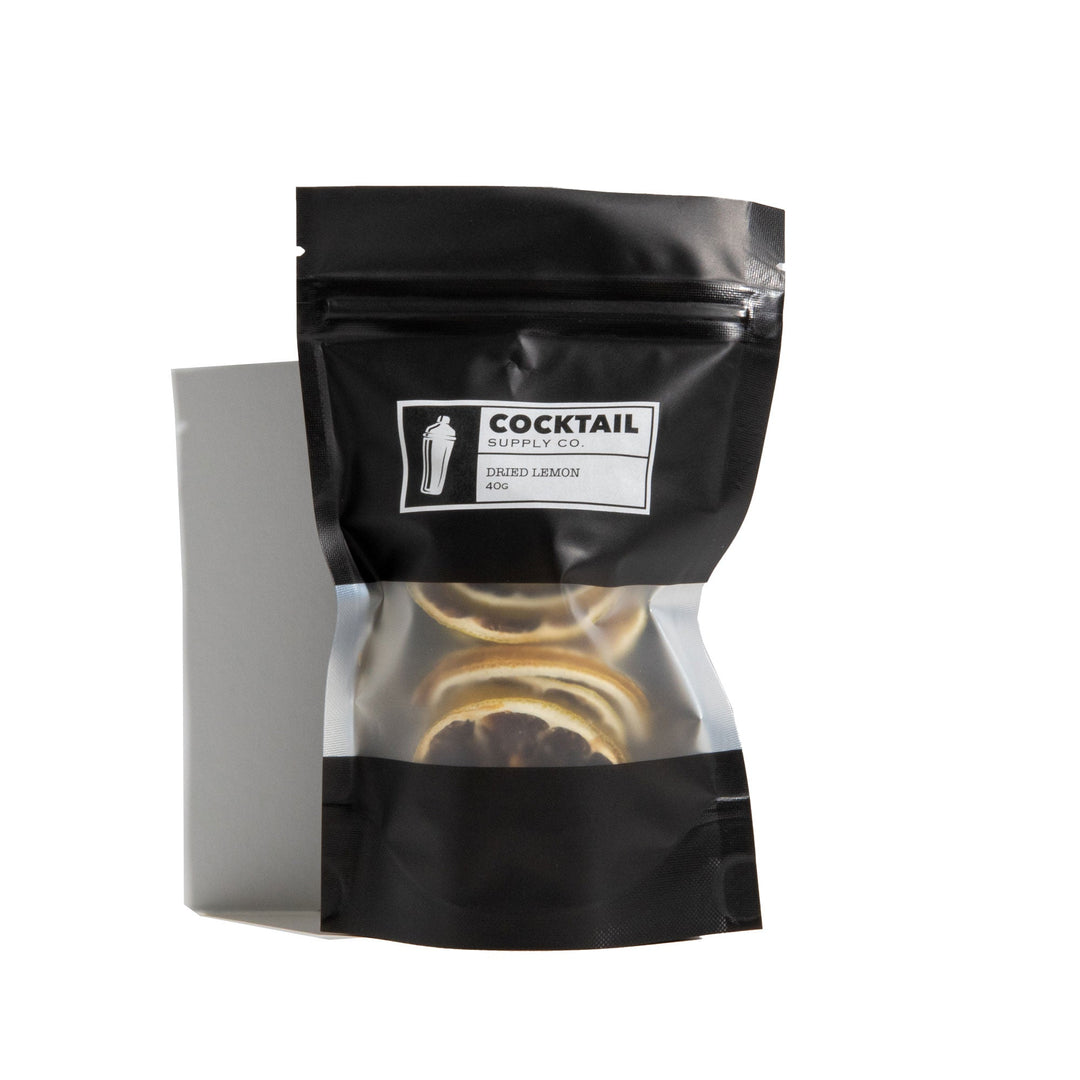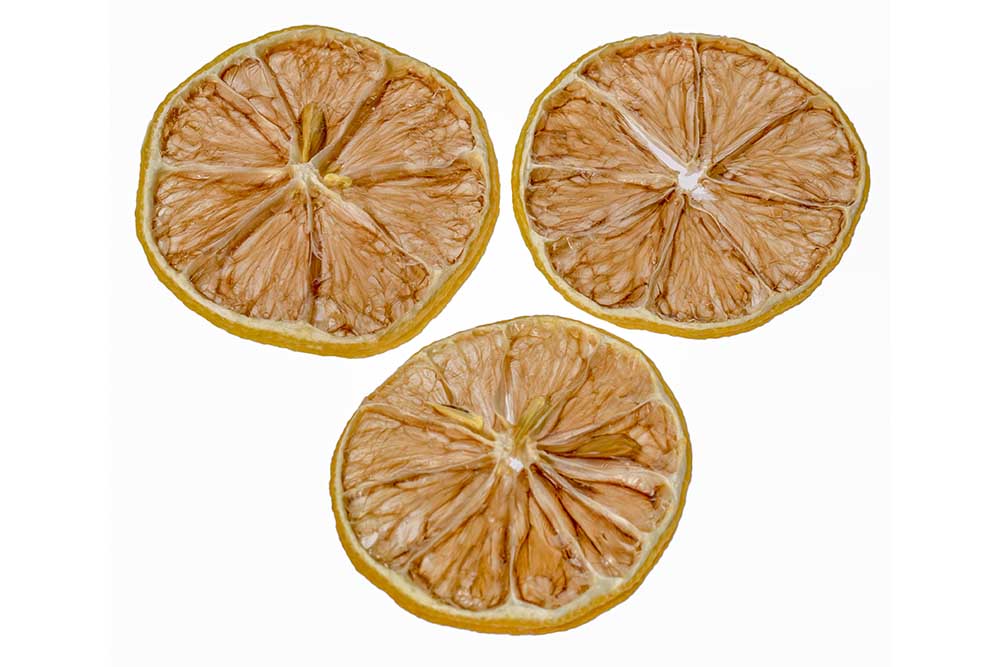How Gin Is Made
Gin's Spirited Saga: From Origins to Glass
Hold onto your glasses, gin lovers! Ready to be whisked away on a historical romp? The tale of gin begins in the mist-shrouded alleys of 17th century Netherlands, originally concocted as a medicinal juniper brew.
Fast forward through a tad of bootlegging and heaps of British innovation, and behold, the gin craze took the world by storm!
At the heart of gin's identity are its juniper berries, the non-negotiable backbone that defines it. Without juniper, you’re essentially nosing around in flavoured vodka territory.
These tiny powerhouses deliver that signature pine kick with every sip. But let's not overshadow the supporting cast—coriander, angelica, citrus peels, and even the exotic whispers of cardamom and cinnamon.
Each botanical plays its part, adding layers of complexity that transform each gin into a one-of-a-kind spirit.
The Art of Gin Distillation and Innovation
It all kicks off with a neutral spirit, the unsung hero that lays the foundation.
Typically crafted from grains, this blank canvas sets the stage for botanicals to work their magic. Depending on the distiller's preference, gin can be brought to life in a traditional pot still, imparting a rich, textured flavour, or in a modern column still, achieving a smooth, refined finish.
In the realm of flavour infusion, there are two main players: maceration and vapour infusion. Maceration is like a spa day for botanicals, letting them mingle and soak in the spirit before distillation, which locks in their robust flavours.
Vapour infusion, on the other hand, is more of a gentle serenade. Here, botanicals are suspended above the spirit, basking in steam that coaxes out delicate, floral notes.
Post-distillation, the real magic happens in the blending room. Here, master distillers act as both scientists and artists, marrying different distillates to craft a perfectly balanced gin. It's a delicate dance of flavours, where precision is key, ensuring each batch is as tantalizing as the last.
Barrel Aging and the Modern Gin Styles
While gin is traditionally not aged, a daring few have started to experiment with barrel ageing, introducing whispers of wood and warmth to the usually crisp spirit. This path less travelled isn’t for every gin lover but offers an intriguing twist for those seeking depth in their drinks.
The world of gin is vast and varied, from the staunchly traditional London Dry, which is juniper-forward and robust, to the more mellow Plymouth and the sweeter Old Tom.
There are also a number of new contemporary styles of gins popping up all over the place such as contemporary and mediterranean gins from Saint Juniper.
Each style has its place and history, offering something unique to gin enthusiasts. Moreover, the craft gin revolution has introduced a palette of innovative flavours, from botanical-rich to the boldly unconventional, showing just how versatile gin can be.
Conclusion: The Gin Experience
So, there you have it—a brief journey from botanicals to bottle, a story of distillation, innovation, and craft.
Gin isn’t just a spirit; it’s a narrative of botanical alchemy. Whether you're a newcomer or a seasoned sipper, there's always a new chapter to explore in the world of gin.
Every bottle tells a story, and every sip invites you to dive deeper into its delicious complexity. So pour yourself a glass, stir up a cocktail, or savour it neat—however you choose to enjoy gin, embrace the adventure and let the flavours tell their tale.
FAQs
- What sets gin apart from other spirits? The defining feature of gin is juniper, which imparts a distinctive, refreshing pine flavour that is both invigorating and complex.
- Can gin be aged? Traditionally, gin is not aged, but some modern distillers experiment with ageing gin in barrels to introduce new flavours, creating a richer, more nuanced spirit.
- What are the best ways to enjoy gin? Gin is incredibly versatile. Enjoy it neat, paired with a tonic, or mixed into cocktails. Each method brings out different facets of its botanical ingredients.
- What are the latest trends in gin production? Craft distillation is on the rise, with distillers experimenting with local botanicals and innovative distillation techniques to create unique, artisanal gins.
- How can I identify a high-quality gin? Look for balance and harmony among the botanicals. A high-quality gin will have a well-rounded flavour profile where no single ingredient overshadows the others.


